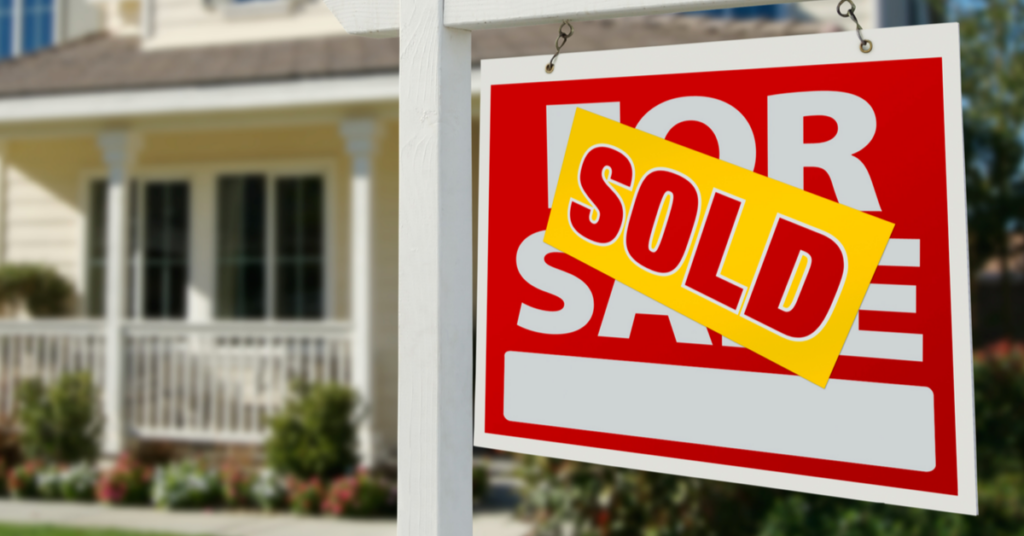Existing-home sales reached a total of 5.64 million units in 2020, according to preliminary data from the National Association of Realtors.
That’s the highest annual total since before the Great Recession, up 5.6% from 2019 and bucking the COVID-19 pandemic’s initial negative impacts to emerge as a banner year for housing sales. Moreover, December saw a monthly gain in the home sales rate, seeing a 0.7% increase from November to hit a seasonally adjusted annual rate of 6.76 million units.
“Home sales rose in December, and for 2020 as a whole, we saw sales perform at their highest levels since 2006, despite the pandemic,” said Lawrence Yun, NAR’s chief economist. “What’s even better is that this momentum is likely to carry into the new year, with more buyers expected to enter the market.
“Although mortgage rates are projected to increase, they will continue to hover near record lows at around 3%,” Yun added. “Moreover, expect economic conditions to improve with additional stimulus forthcoming and vaccine distribution already underway.”
Year over year, December’s strength was evident, with sales up a whopping 22.2% from the 5.53 million unit-pace of the same month in 2019. Sales for November also saw a modest upward revision, helping bring the average seasonally adjusted annual sales rate to 6.78 million units over the past three months — a 20% improvement on 2019 sales.
Price appreciation, which had been gaining steam in recent months, cooled slightly in December. The median price of an existing home was $309,800 — an increase of 12.9% year over year, down from 14.6% in November. Nevertheless, December’s national price increase marked 106 straight months of year-over-year gains.
“Home-price appreciation continues to be driven higher by tight inventory, even as home building has picked up significantly,” observed Joel Kan, associate ice president of economic and industry forecasting for the Mortgage Bankers Association. “Housing inventory last month fell 16 percent to 1.07 million units, which represented a 1.9-month supply of homes on the market – an all-time low.
“More acute affordability challenges will emerge if inventory stays this tight and home-price growth continues to accelerate. This in turn would be especially challenging for first-time homebuyers, who make up a third of all home sales.”
First-time homebuyers accounted for 31% of December sales, down slightly from 32% in November.
Kan also noted that disproportionate growth remains in the higher price tiers, which saw an elevated median home price of $309,800 in December, up 13% from a year ago.
“This was consistent with data from MBA’s Weekly Application Survey, which revealed that December average loan sizes were the highest in our survey’s history,” Kan said.
Inventory, as Kan mentioned, remains depressed, with just 1.07 million units up for sale in December, down 16.4% from the prior month and 23% from the previous year. Unsold inventory is at a supply of 1.9 months at the current sales pace, an all-time low. Low supply has helped lead to properties flying off the market quickly; 70% of homes sold in December 2020 were on the market for less than a month.
Mark Vitner, economist for Wells Fargo, said that homeowners are still reticent to list their homes for a variety of reasons.
“For starters, many homeowners are hesitant to have people into their homes during the pandemic and the recent resurgence in infections likely contributed to the sharp drop in available inventory this past month,” he said. “Moreover, with more people working from home and staying in for dining and entertainment, fewer households are looking to downsize, which has made for an extremely tight trade-up market. Many homeowners have also taken advantage of lower mortgage rates to refinance their current homes and do not want to give up the low housing costs that they have locked in.”
Vitner did add that with prices still growing, higher prices should gradually bring out more sellers, and Yun lauded builders for ramping up construction.
“To their credit, homebuilders and construction companies have increased efforts to build, with housing starts hitting an annual rate of near 1.7 million in December, with more focus on single-family homes,” Yun said. “However, it will take vigorous new home construction in 2021 and in 2022 to adequately furnish the market to properly meet the demand.”







